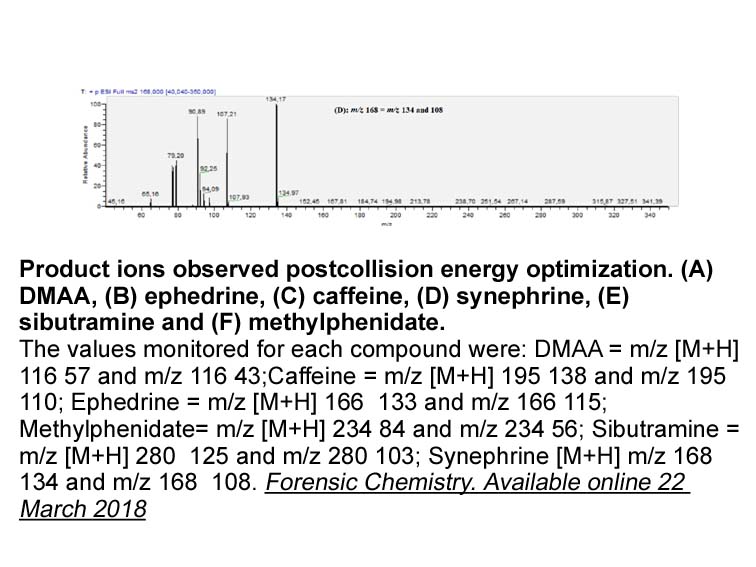Archives
In conclusion studies of the regulation of the HO
In conclusion, studies of the regulation of the HO-1/BVR/CO pathway by selective pharmacological approaches may lead to the discovery of novel compounds for the treatment of diverse diseases. Recent results validate the use of advances in targeting HO-1 in various vascular diseases. However, there are challenges associated with the positioning of pharmacological inducers. One concern relates to possible nonspecific effects of HO-1 inducers that could reverse the beneficial effects associated with the upregulation of HO-1 (see Outstanding Questions).
Acknowledgments
This work was supported by grants from French Ministry of Research, INSERM (Institut National de la Santé et de la Recherche Médicale) and, from the Regional Council of Burgundy (Conseil Régional de Bourgogne), FEDER, and Association de Cardiologie de Bourgogne. The authors have no other relevant affiliations or financial involvement with any organization or entity with a financial interest in or financial conflict with the subject matter or materials discussed in the manuscript apart from those disclosed. The authors wish to thank Martine Goiset for secretarial assistance and Philip  Bastable for English assistance.
Bastable for English assistance.
Introduction
Influenza A virus (IAV) infection remains to be a persistent global health threat with high morbidity and mortality. The antiviral efficacies of available antiviral drugs, including M2 ion-channel inhibitors and neuraminidase inhibitors, were restricted with the emergence of drug-resistant virus strains and recombined pathogenic virus strains (van der Vries et al., 2013; Bright et al., 2005; Shen et al., 2015). This highlights an urgency to develop alternative strategies to overcome pandemic influenza.
The host innate immune response plays a pivotal role in counteracting virus infection (McNab et al., 2015). Type I IFN has been demonstrated to be essential in defending IAV infection by induction of IFN-stimulated Benzoylmesaconitine (ISGs), which works in synergy to inhibit viral replication via multiple distinct mechanisms (Sadler and Williams, 2008; Everitt et al., 2012; Yan and Chen, 2012). However, for colonizing the hosts, IAV evades or inhibits host innate immune responses through making use of IAV NS1 protein or inducing the expression of MAPK phosphatase 5 (MKP5) (Garcia-Sastre, 2001; James et al., 2015). Accordi ngly, approaches that induce or restore type I IFN production and corresponding antiviral response are likely to inhibit the IAV replication in hosts.
Heme oxygenase-1 (HO-1), a cytoprotective enzyme, catalyzes the rate-limiting step in heme degradation and converts the heme into CO, biliverdin and iron (Motterlini and Foresti, 2014). HO-1 plays a crucial role in the maintenance of cellular homeostasis, which is due to its anti-inflammatory and anti-oxidant effects (Motterlini and Foresti, 2014). In recent years, the relationship between HO-1 and innate immunity has been revealed. For instance, HO-1 regulates innate immunity and autoimmunity by modulating IFN-β production (Tzima et al., 2009). Additionally, the activation of type I IFN response by HO-1 was proved during human respiratory syncytial virus (hRSV) infectionin vivo (Espinoza et al., 2017). Recently, numerous studies have illustrated the role of HO-1 in controlling viral infections, such as human immunodeficiency virus (HIV), hepatitis B virus (HBV), hepatitis C virus (HCV), Enterovirus 71 (EV 71), Ebola virus (EBOV), hRSV and Dengue (Tzima et al., 2009; Espinoza et al., 2017; Zhu et al., 2008; Protzer et al., 2007; Tung et al., 2011; Hill-Batorski et al., 2013; Tseng et al., 2016). Specifically, upregulation of HO-1 mediated by a rupestonic acid derivative was also shown to suppress infection of IAV in our previous study. This compound exhibited potent antiviral activity against multiple influenza A and B viruses through upregulation of HO-1, which implies that inducing HO-1 expression could inhibit IAV replication. Furthermore, the anti-IAV activity of HO-1 was further confirmed by transfection with GFP-HO-1 (Ma et al., 2016). Unlike antiviral mechanism of HO-1 against HCV and EBOV, our previous study provided evidence showing that upregulation of HO-1 inhibited IAV replication via inducing expressions of IFN-α/β as well as ISGs, not depending on its enzymatic activity (Ma et al., 2016). However, the exact mechanism of HO-1 activating type1 IFN response has not been fully illuminated.
ngly, approaches that induce or restore type I IFN production and corresponding antiviral response are likely to inhibit the IAV replication in hosts.
Heme oxygenase-1 (HO-1), a cytoprotective enzyme, catalyzes the rate-limiting step in heme degradation and converts the heme into CO, biliverdin and iron (Motterlini and Foresti, 2014). HO-1 plays a crucial role in the maintenance of cellular homeostasis, which is due to its anti-inflammatory and anti-oxidant effects (Motterlini and Foresti, 2014). In recent years, the relationship between HO-1 and innate immunity has been revealed. For instance, HO-1 regulates innate immunity and autoimmunity by modulating IFN-β production (Tzima et al., 2009). Additionally, the activation of type I IFN response by HO-1 was proved during human respiratory syncytial virus (hRSV) infectionin vivo (Espinoza et al., 2017). Recently, numerous studies have illustrated the role of HO-1 in controlling viral infections, such as human immunodeficiency virus (HIV), hepatitis B virus (HBV), hepatitis C virus (HCV), Enterovirus 71 (EV 71), Ebola virus (EBOV), hRSV and Dengue (Tzima et al., 2009; Espinoza et al., 2017; Zhu et al., 2008; Protzer et al., 2007; Tung et al., 2011; Hill-Batorski et al., 2013; Tseng et al., 2016). Specifically, upregulation of HO-1 mediated by a rupestonic acid derivative was also shown to suppress infection of IAV in our previous study. This compound exhibited potent antiviral activity against multiple influenza A and B viruses through upregulation of HO-1, which implies that inducing HO-1 expression could inhibit IAV replication. Furthermore, the anti-IAV activity of HO-1 was further confirmed by transfection with GFP-HO-1 (Ma et al., 2016). Unlike antiviral mechanism of HO-1 against HCV and EBOV, our previous study provided evidence showing that upregulation of HO-1 inhibited IAV replication via inducing expressions of IFN-α/β as well as ISGs, not depending on its enzymatic activity (Ma et al., 2016). However, the exact mechanism of HO-1 activating type1 IFN response has not been fully illuminated.